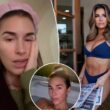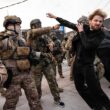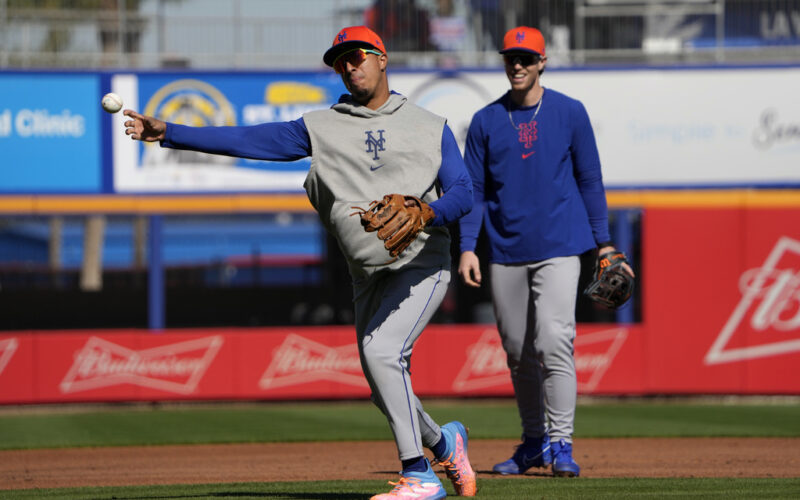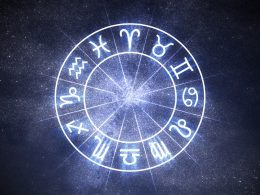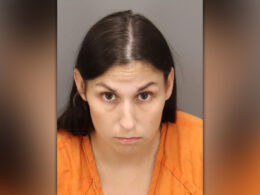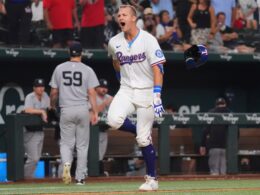If the Mets are going to improve their run prevention next season, they should start with third base.
Really, the issue of having a glut of infielders is more than just run prevention. It prevented the Mets from having a balanced roster and took defensive reps and at-bats away from players who aren’t developed enough to go without them.
It’s a good problem to have, but it’s one that has been coming for a few years when Brett Baty and Mark Vientos made the jump to the big leagues around the same time. Now, the Mets have to figure out what to do with Baty, Vientos, Ronny Mauricio, Luisangel Acuña and top infield prospect Jett Williams. With shortstop Francisco Lindor and second baseman Jeff McNeil still under contract next season, there are no easy answers.
Already, there is speculation that McNeil could be traded this winter. The Mets also listened to offers on Vientos at the trade deadline. None of this is surprising given the team’s need for pitching. President of baseball operations David Stearns doesn’t like signing pitchers over age 30 to long-term contracts, and Vientos and McNeil could both net solid pitching returns in trades.
However, if run prevention is what the Mets are prioritizing, then they could end up holding on to McNeil. While he may not be winning batting titles anymore, he had a strong year at the plate with a .746 OPS, and was the Mets’ best defender at second base.
The metrics haven’t pointed to any major defensive drop-off for McNeil, though at 33, there is some natural diminishing of his range. His value lies in his ability to play a solid second base, plus all three outfield positions and hit anywhere in the lineup. He’s not an everyday center fielder, as we saw in the second half of the season when a few big mistakes proved costly, but moving on from McNeil might not be the best idea if the Mets want to preserve the positional flexibility Stearns likes.
Trading McNeil would mean using Baty as the primary second baseman. He played well there in 2025, splitting time with Vientos and Mauricio at third. But by the end of the year, he had become the team’s best third baseman, and the Mets were avoiding playing Vientos at the hot corner. Vientos finished the season with -7 OAA at third, similar to last season (-6).
The 25-year-old outplayed Baty in 2024, but in 2025, he regressed on both sides of the ball while Baty finally had a breakout season, hitting .254 with 18 home runs, 50 RBI, eight stolen bases and a .748 OPS, . His line was nearly identical to McNeill’s, another left-handed hitter. Vientos, on the other hand, hit .233 with 17 home runs, 10 fewer than last season with nine more plate appearances.
Where do Mauricio and Acuña come into the equation? Without consistent playing time, it was tough for either of the Mets’ rising infield prospects to get any sort of consistency at the plate or in the field. Vientos and Baty were constantly rotating with them, creating a difficult situation for all involved. When not in the lineup, the developing infielders took extra reps with the coaches to mimic a gameday workload, but they can only do so much without playing in games.
Mauricio, a switch-hitter, has considerably more power in his bat than Acuña, who hasn’t shown much of an ability to hit big-league pitching yet. However, his third base defense was strong, for the most part, which should be encouraging to the Mets after missing 2024 with a knee injury he suffered playing in winter ball in 2023.
The Mets allowed him to play winter ball because they wanted him to get reps at third base. The organization was too slow to move him off shortstop, but that was before Stearns was in charge.
Williams split the season in Double-A and Triple-A, picking up right where he left off before injuries cost him time in 2024. He posted an .828 OPS between two levels at only 21 years old this season, seeing the most time at shortstop. He isn’t a factor in the third base competition, but yet another middle infielder further complicates the picture.
The only solution is to trade one, if not more of those infielders. They need to stick with one at third, and have a back-up option instead of a multi-player rotation.
If the Mets want to take a big swing, they could try to sign Alex Bregman, who is expected to opt out of his contract with the Boston Red Sox. He’s expected to seek a contract in the range of $200 for five years. A 31-year-old veteran who won two World Series with the Houston Astros, would finally stabilize a position that hasn’t had any stability. He produces runs and he has long been considered a strong clubhouse presence.
With Bregman, the Mets could use Baty at second and McNeil as a utility man. With Brandon Nimmo’s declining defense in left field, it could work.
St. Louis Cardinals third baseman Nolan Arenado has expressed interest in being traded to the Mets. The interest wasn’t mutual last year, but things change after seasons like the one the Mets just had. Other options could emerge as the hot stove season begins.
With so many internal options, you’d think the Mets would have figured out an answer by now. But there haven’t been any answers since David Wright was there a decade ago.
